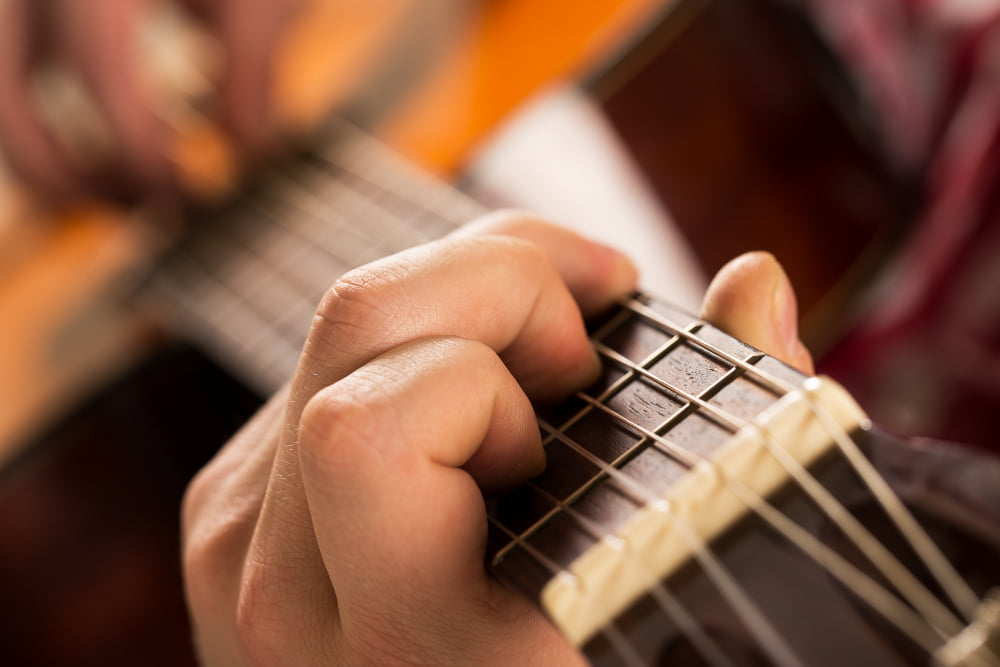
“Knocking On Heaven’s Door” with Complete Guitar Chords and Tabs
Introduction
Welcome to the guitar tutorial on how to play the iconic song “Knocking On Heaven’s Door” by Bob Dylan. This timeless classic has been covered by numerous artists over the years, and it’s an excellent song for beginners to learn on the guitar.
Chords
Before we dive into the tabs, let’s learn the chords used in the song. You’ll need to know the chords are G major, D major, A minor, and C major. Here are the chord diagrams:
- G major: 320003
- D major: xx0232
- A minor: x02210
- C major: x32010
Practice transitioning between these chords until you feel comfortable with them.
Tabs
Now that you have the chords down, let’s move on to the tabs for the song. Here’s the main riff:
e|---------------------|---------------------|
B|-----3-----3-----3---|-----3-----3-----3---|
G|---0-----0-----0-----|---0-----0-----0-----|
D|---------------------|---------------------|
A|-3-----3-----3-------|-2-----2-----2-------|
E|---------------------|---------------------|
Repeat this riff several times throughout the song. It’s a simple yet powerful melody that sets the mood for the lyrics.
Next, let’s look at the verse tabs:
G D A A7
G D C Cm
G D A A7
G D C Cm
These are the chords played during the verses. Strum each chord for four beats, and repeat this progression throughout the verse sections of the song.
Bridge
The bridge section of the song features a slightly different chord progression. Here are the tabs:
G D C
G D C
G D A7
G D A7
Again, strum each chord for four beats and repeat this progression during the bridge section.
Conclusion
With these chords and tabs, you now have everything you need to play “Knocking On Heaven’s Door” on the guitar. Take your time to practice each section separately and then try playing the whole song from start to finish.
Remember to start slow and gradually increase your speed as you become more comfortable with the song. Don’t worry if you make mistakes at first – that’s part of the learning process.
Enjoy playing this timeless classic, and have fun experimenting with your own variations and interpretations of the song. Happy strumming!
